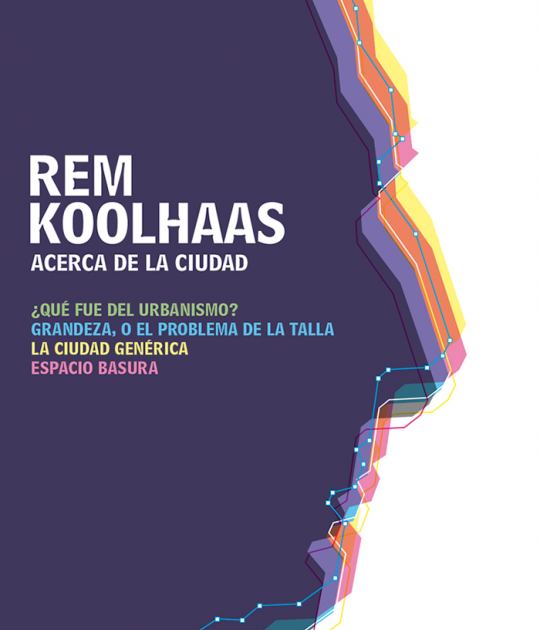Inteligente and provocative article by Nicolai, which shows us the most important differences with other architects of his generation. Below, some highlights of article and more down the link to the article. Hut tip, Nicolai!
"Koolhaas’ habit of shaking up established conventions has made him one of the most influential architects of his generation. A disproportionate number of the profession’s rising stars, including Winy Maas of the Dutch firm MVRDV and Bjarke Ingels of the Copenhagen-based BIG, did stints in his office. Architects dig through his books looking for ideas; students all over the world emulate him. The attraction lies, in part, in his ability to keep us off balance. Unlike other architects of his stature, such as Frank Gehry or Zaha Hadid, who have continued to refine their singular aesthetic visions over long careers, Koolhaas works like a conceptual artist—able to draw on a seemingly endless reservoir of ideas."
Yet Koolhaas’ most provocative—and in many ways least understood—contribution to the cultural landscape is as an urban thinker. Not since Le Corbusier mapped his vision of the Modernist city in the 1920s and ’30s has an architect covered so much territory. Koolhaas has traveled hundreds of thousands of miles in search of commissions. Along the way, he has written half a dozen books on the evolution of the contemporary metropolis and designed master plans for, among other places, suburban Paris, the Libyan desert and Hong Kong.
Tall and fit in a tapered dark blue shirt, with inquisitive eyes, Koolhaas often seems impatient when talking about his work, and he frequently gets up to search for a book or an image.
... /... The tension created between them seems to capture one of Koolhaas’ principal preoccupations: How do you allow the maximum degree of individual freedom without contributing to the erosion of civic culture?
.../...
Yet Koolhaas has always sought to locate the beauty in places that others might regard as so much urban debris, and by doing so he seems to be encouraging us to remain more open to the other. His ideal city, to borrow words he once used to describe the West Kowloon project, seems to be a place that is “all things to all people.”
His faith in that vision doesn’t seem to have cooled any. One of his newest projects, a performing arts center under construction in Taipei, fuses the enigmatic qualities of CCTV with the bluntness of the Wyly Theatre. And he continues to pursue urban planning projects: Sources in the architecture community say he recently won a competition to design a sprawling airport development in Doha, Qatar (the results have not been made public). If it is built, it’ll become his first major urban project since Euralille.
Koolhaas first thought of writing a book about the countryside while walking with his longtime companion, the designer Petra Blaisse, in the Swiss Alps. (Koolhaas separated from his wife some years ago and now lives with Blaisse in Amsterdam.) Passing through a village, he was struck by how artificial it looked. “We came here with a certain regularity and I began to recognize certain patterns,” Koolhaas said. “The people had changed; the cows in the meadows looked different. And I realized we’ve worked on the subject a lot over the years, but we’ve never connected the dots. It has sort of been sublimated.”
Koolhaas says the book will touch on a vital theme: how to come to terms with the relentless pace of modernization. The countryside has become “more volatile than the accelerated city,” Koolhaas writes in one of the mock-ups. “A world formerly dictated by the seasons is now a toxic mix of genetic experiment, industrial nostalgia [and] seasonal immigration.”
It’s hard to know whether you regard this as nightmare or opportunity, I tell him. “That has been my entire life story,” Koolhaas said, “Running against the current and running with the current. Sometimes running with the current is underestimated. The acceptance of certain realities doesn’t preclude idealism. It can lead to certain breakthroughs.” In fact Koolhaas’ urbanism, one could say, exists at the tipping point between the world as it is and the world as we imagine it.
























